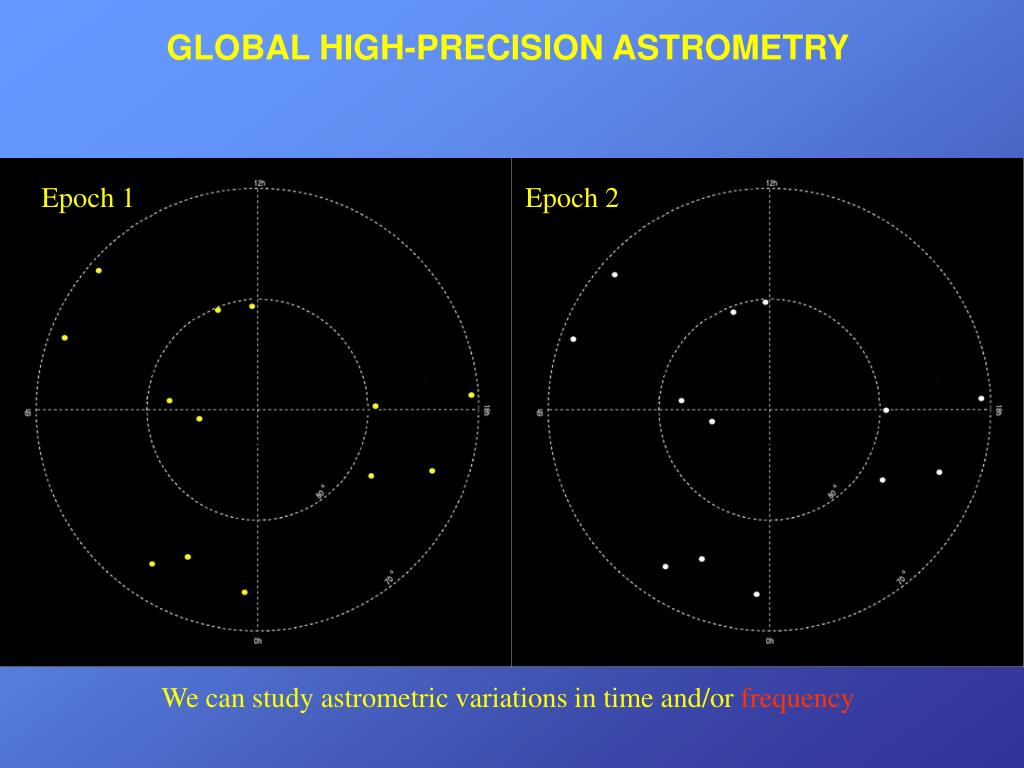

The NavCam 1 images that we used are listed in data file S1. Data and materials availability: NavCam 1 images from Orbital A and OLA data from Preliminary Survey are available from the Planetary Data System (PDS) at and, respectively. is also affiliated as a contractor with the Jet Propulsion Laboratory, California Institute of Technology, Pasadena, CA, USA. is also affiliated with the Department of Earth and Planetary Science, American Museum of Natural History, New York, NY, USA. contributed substantively to the writing and preparation of the manuscript. supported the development of the force model for nongravitational forces for orbiting particles, as well as giving input on the general implications and context of Bennu’s activity. performed calculations for the statistical assessment of particles lifetime and fallback distribution.
#Vectorial astrometry by c a murray pdf software
provided software for processing NavCam images and identifying candidate particles. provided input on the feasibility of thermal fracture processes as a mechanism for particle ejection. identified and processed the stereo pair images. provided input on the relevance of thermal cycling experiments and regolith evolution. performed the geologic analysis of the particle ejection source regions. developed the hypothesis on the potential Bennu meteor shower. developed the electrostatic lofting hypothesis. counted rocks and provided input on EGA studies of meteorites and their low-temperature volatile release. provided rock count data for testing the re-impacting particle hypothesis. provided input on the potential mechanisms for ejection events and on the content of the manuscript. provided expertise on other known active asteroids. provided input on the meteoroid impact hypothesis and evaluated the other hypotheses in the context of the dynamical evolution of Bennu. developed the secondary impact hypothesis with support from P.M.
#Vectorial astrometry by c a murray pdf skin
developed the asteroid thermal model to determine the surface temperatures, skin depths, and thermal gradients at the particle ejection sites and globally across the asteroid. is the lead thermal analysis scientist for OSIRIS-REx, and B.Ro. also developed the NavCam camera model for use in registering NavCam images relative to the Bennu shape model and the background star fields. is the lead image processing scientist for OSIRIS-REx and prepared the global mosaics used to register the particle source locations, supported by K.J.B., C.A.B., and D.R.G. are the lead and deputy lead instrument scientists, respectively, for the OSIRIS-REx Camera Suite they analyzed images of Bennu’s surface for evidence of particle infall and processed the images used for the stereo pairs. is the lead instrument scientist for NavCam 1 and performed image calibration and image processing for the navigation images. is the lead instrument scientist for OLA and performed the analysis of the off-body lidar returns, supported by M.A.A. led the OpNav characterization of the three largest events, supported by A.J.L., E.J.L.-C., C.D.A., D.S.N., L.K.M., and E.M.S. performed the OD analysis for the three largest observed ejection events. led the team that performed the OpNav and OD analyses.

also calculated the Bennu Roche lobe and contribution of particle ejections to Bennu’s observed rotational acceleration and Yarkovsky. led the team that performed the orbital element analysis of the six short-lived orbiting particles, supported by R.A.J., M.B., A.B.D., D.F., Y.T., W.M.O.Jr., D.J.S., and J.W.M. supported the photometric modeling efforts. detected the particle ejection events and led the photometric modeling. led the scientific investigation and developed the hypotheses for ejection mechanisms. acknowledges funding support from the Royal Astronomical Society (RAS) and the UK Science and Technology Facilities Council (STFC). acknowledge funding support from the projects AYA2015-67772-R (MINECO, Spain) and ProID20170112 (ACIISI/Gobierno de Canarias/EU/FEDER). acknowledge funding support from the French Agency CNES and from the Academies of Excellence on Complex Systems and Space, Environment, Risk and Resilience of the Initiative d’EXcellence “Joint, Excellent, and Dynamic Initiative” (IDEX JEDI) of the Université Côte d’Azur.

acknowledge support from NASA’s OSIRIS-REx Participating Scientist Program (grants 80NSSC18K0227, 80NSSC18K0239, and 80NSSC18K0280, respectively). OLA and funding for the Canadian authors was provided by the Canadian Space Agency. A portion of this work was conducted at the Jet Propulsion Laboratory, California Institute of Technology, under a contract with NASA. Funding: This material is based upon work supported by NASA under Contracts NNM10AA11C and NNG13FC02C issued through the New Frontiers Program. We are grateful to the entire OSIRIS-REx Team for making the encounter with Bennu possible.


 0 kommentar(er)
0 kommentar(er)
